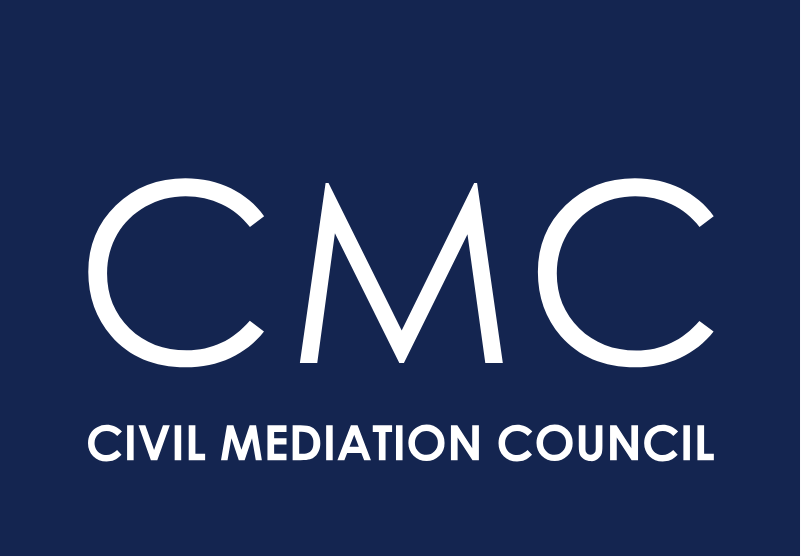THE MEDIATION
PROCESS EXPLAINED
The parties mutually select a mediator.
Formal mediation is proposed.
Agreement is reached on the choice of mediator.
Mediator receives instructions to mediate, the date and venue are finalised.
Agreement to mediate is signed, outlining the contractual basis and essential safeguards.
Pre-mediation confidential discussions occur, aiding the mediator’s understanding of the case.
A mediation bundle is prepared by both parties, containing relevant information.
Parties exchange position statements, outlining the background, main issues, history of offers, and proposed resolutions. Mediator holds private sessions with parties and their solicitors (where solicitors are instructed) to discuss outstanding matters and logistical issues.
Mediator meets individually with each party.
Negotiation strategies are reviewed with the mediator.
Joint opening meeting occurs if parties agree, allowing for direct communication.
Private discussions with the mediator take place, allowing for in-depth exploration of each party’s goals.
Mediator shuttles between rooms, facilitating efficient information exchange.
Offers to settle are exchanged, and the mediator assists in conveying or strategising offers.
The mediation process continues with private discussions until an agreement is reached.
Legal documents, such as a Tomlin Order or a compromise agreement, are prepared. These agreements are drafted by parties or their legal representatives and not by the Mediator. Parties sign the agreement, specifying terms, including damages and costs.
If no agreement is reached on the day, the mediator may continue working with parties to achieve a resolution.



